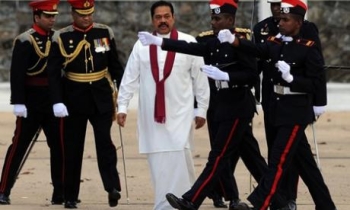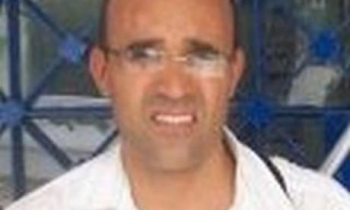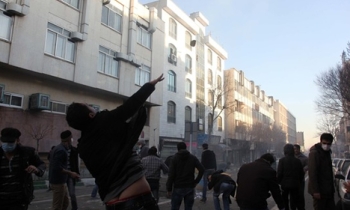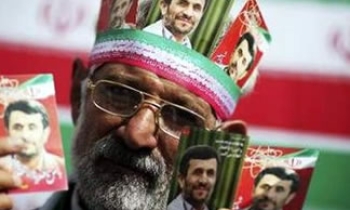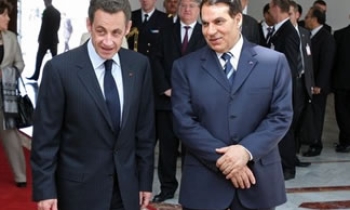BUDAPEST: The Western news media is unlikely to heed the UN secretary general, Kofi Annan, and the European politicians who have condemned the provocative nature of cartoons depicting the Prophet Muhammad, which have provoked rage in the Muslim world. But it does need to engage in serious debate about its preferred role in mediating between cultures. This should start with the admission that publishing and republishing the cartoons was a grave mistake.
Of course, the Danish and Norwegian newspapers that originally published the cartoons had no intention of setting off mass demonstrations, diplomatic rows and economic boycotts of their products in the Middle East. They simply wanted to make a statement about the extensive self-censorship that has developed within news media and artistic circles since the murder of the Dutch filmmaker Theo Van Gogh in 2004.
But when making a point about self-censorship and press freedom, newspapers should have considered the cartoons' potential effects on Europe's growing anti-Islam sentiments. Why make a negative point about Islam in an environment where Islam is already getting extensive negative press through the coverage of hostage-takings, bombings and terrorist groups?
On Monday, the Danish paper Jyllands-Posten issued a statement regretting the offense the cartoons had caused to Muslims around the world, but continued to insist that their publication was justified under freedom of speech principles. To show solidarity, several European newspapers republished the cartoons, some of them urging tough action in defense of press freedom.
Newspaper editors should have been aware, however, that in a world of global information flow there is an insurmountable contradiction between traditional free speech values and public discussion about Islam.
In our networked world, existing societal and political tensions can be inflamed instantly through the transfer of messages from one cultural context to another. Media messages, films and art works cannot be addressed to a specific cultural group - traditional borders of culture and nation no longer exist.
Whether we like it or not, now we all effectively live next door to one another. This raises the stakes in the century-old debate on how to strike a balance between individual and collective press freedom rights.
The central question in this debate is as simple as it is difficult. What is more important for the democratic advancement of a society - to ensure the freedom of expression of all its citizens (within the limits marked by law) or to protect the collective interests of society?
Both these goals cannot be fully accomplished at the same time, and the two dominant philosophies of the press - the libertarian and the social responsibility theories - have come up with very different definitions of the media's main mandate.
The former hails individual freedoms, even to the detriment of the quality of media output, while the latter places more emphasis on the media's responsibility in leading an informed, high-quality discussion, with due respect for minority rights.
Backers of the social responsibility theory now have a new powerful argument against the libertarians - that once messages are out in public, they develop a life of their own and become subject to multiple interpretations, and often manipulation that serves political agendas.
There is no doubt that freedom of speech is an essential foundation of any democracy. But when newspapers insist on this right, they have to understand that they do not - alone - create the context and lifespan of their messages.
Freedom of speech has never been a static value, and the responsibilities of the press evolve with every new social and political development around the world - requiring the limits of media output to be subjected to constant review.
The press needs to serve the ever-evolving public interest, and it needs to do so by focusing on responsibility, and not solely on freedom.
(Zsofia Szilagyi is a Budapest-based political analyst and director of the Human Rights Film Foundation.)

